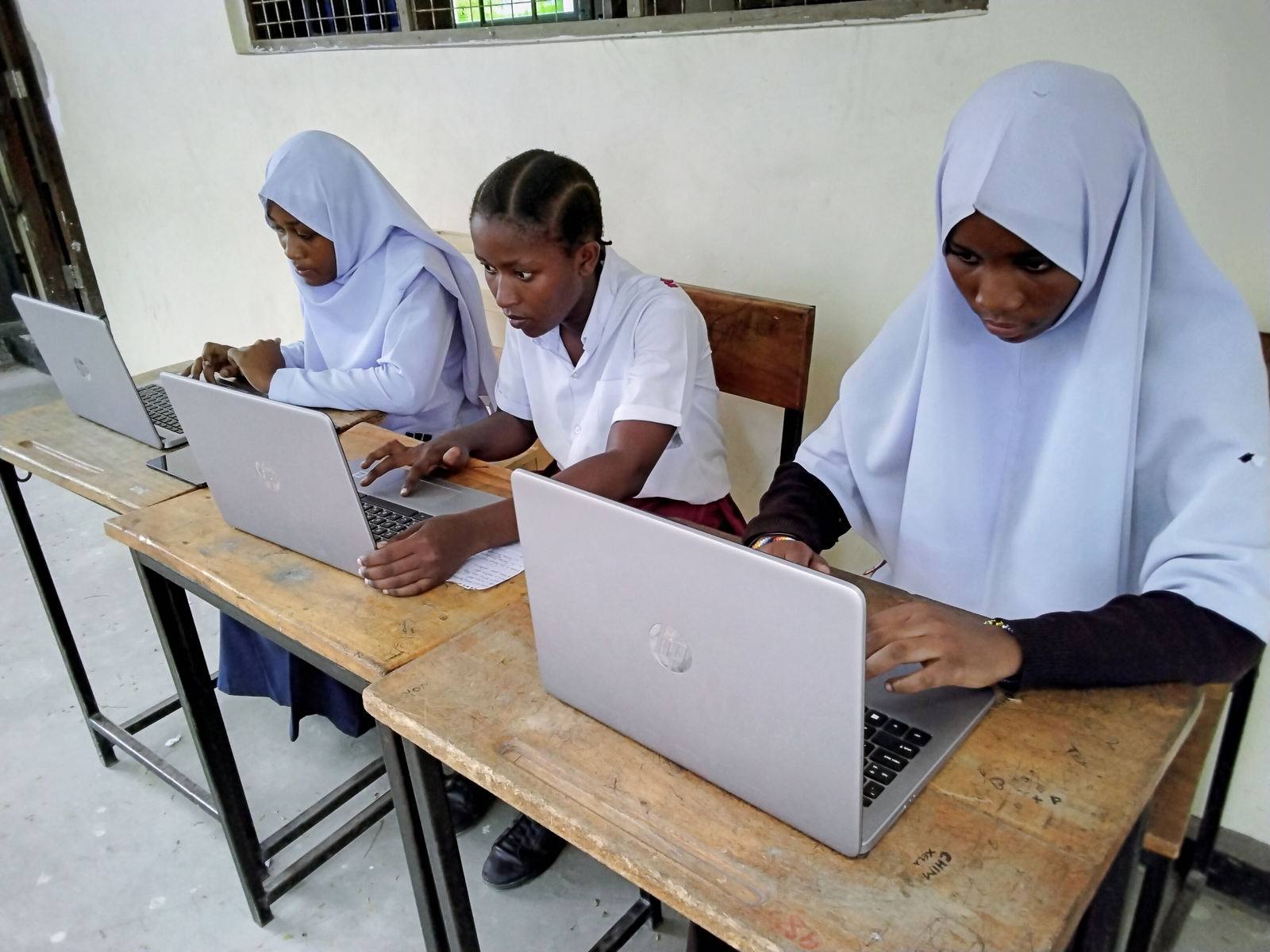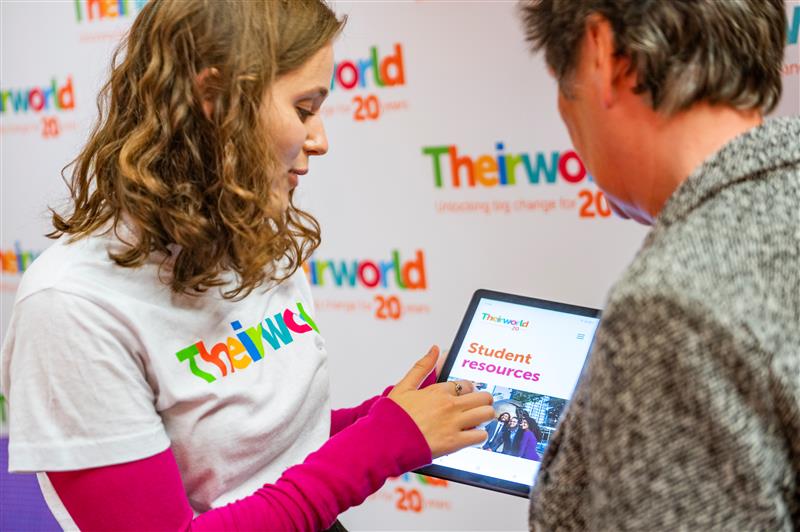
Watch your language! Children learn best at school in their mother tongue
Girls' education, Right to education, Teachers and learning
To mark International Mother Language Day, we look at some of the challenges faced every day by more than 500 million primary and secondary students.
Imagine if every day you walked into your school classroom, sat down at your desk and the teacher began talking in a language you didn’t understand.
That’s what happens to more than 500 million children – half of all students at primary and secondary schools in low and middle-income countries around the world.
In sub-Saharan Africa, it’s the daily experience of more than 90% of schoolchildren. They have significantly worse learning outcomes than similar low and middle-income countries in Latin America – many of which have adopted mother-tongue teaching for indigenous children.
“Language is a key to inclusion. If children cannot understand, they won’t learn,” said Kyungah Kristy Bang, project officer for Multilingual Education at UNESCO Bangkok.
“Even if children from ethnolinguistic minorities manage to enrol in school, they are often unable to follow classroom instruction and end up being pushed out of the education system. This results in further marginalisation and exclusion from society,” she added in a blog.
Today is International Mother Language Day – started in the year 2000 to promote multilingualism. The 2018 theme is “Linguistic diversity and multilingualism count for sustainable development”.
UNESCO is the United Nations agency that is overseeing Sustainable Development Goal 4 – the guarantee of quality education and lifelong learning for everyone.
“To foster sustainable development, learners must have access to education in their mother tongue and in other languages,” said UNESCO. “It is through the mastery of the first language or mother tongue that the basic skills of reading, writing and numeracy are acquired.”
To mark International Mother Language Day, here are some facts, figures and other information – all in English!
- More than 50% of the approximately 7000 languages spoken in the world are likely to die out within a few generations.
- 96% of these languages are spoken by only 4% of the world’s population – and only a few hundred of them are used in education systems.
- Fewer than 100 languages are used in the digital world.
- Children in rural locations are much more likely to drop out of school unless they can learn in their first language.
- Children perform worse across the school curriculum when their first language is not used to teach.
- They may never make it into secondary education if they struggle with language in primary school – even though by their teens their ability to learn a second language might be greater.
- In countries or regions where the language spoken at home is not used in the classroom, 30% to 50% fewer girls than boys are likely to enrol in school.
- Early childhood education of high quality is only possible in the child’s first language, according to a UNESCO report, because young children learn best in a language they already know.
- Learning in the language spoken at home provides a solid foundation on which other languages and skills can be successfully built. This prepares learners better to access higher education opportunities and the technical and vocational skills necessary for employment.
- The Philippines government began rolling out a reform of its education system in 2012. It was initially aimed at protecting the language of minority groups, with more than 170 languages spoken. Teaching materials were provided in local languages – and literacy scores went up in Filipino by 38% and English by 31%.
- In Ethiopia, a local language policy – which combines long-term mother tongue instruction with Amharic and English – has reduced school dropout rates.
- In Singapore, the demand for mother tongue preschool teachers is growing – and that has led to about 5700 early childhood educators who specialise in teaching in local languages.
Sources: UNESCO, Education Commission, Save the Children

More news

Skills for the future give young people the best chance of success
